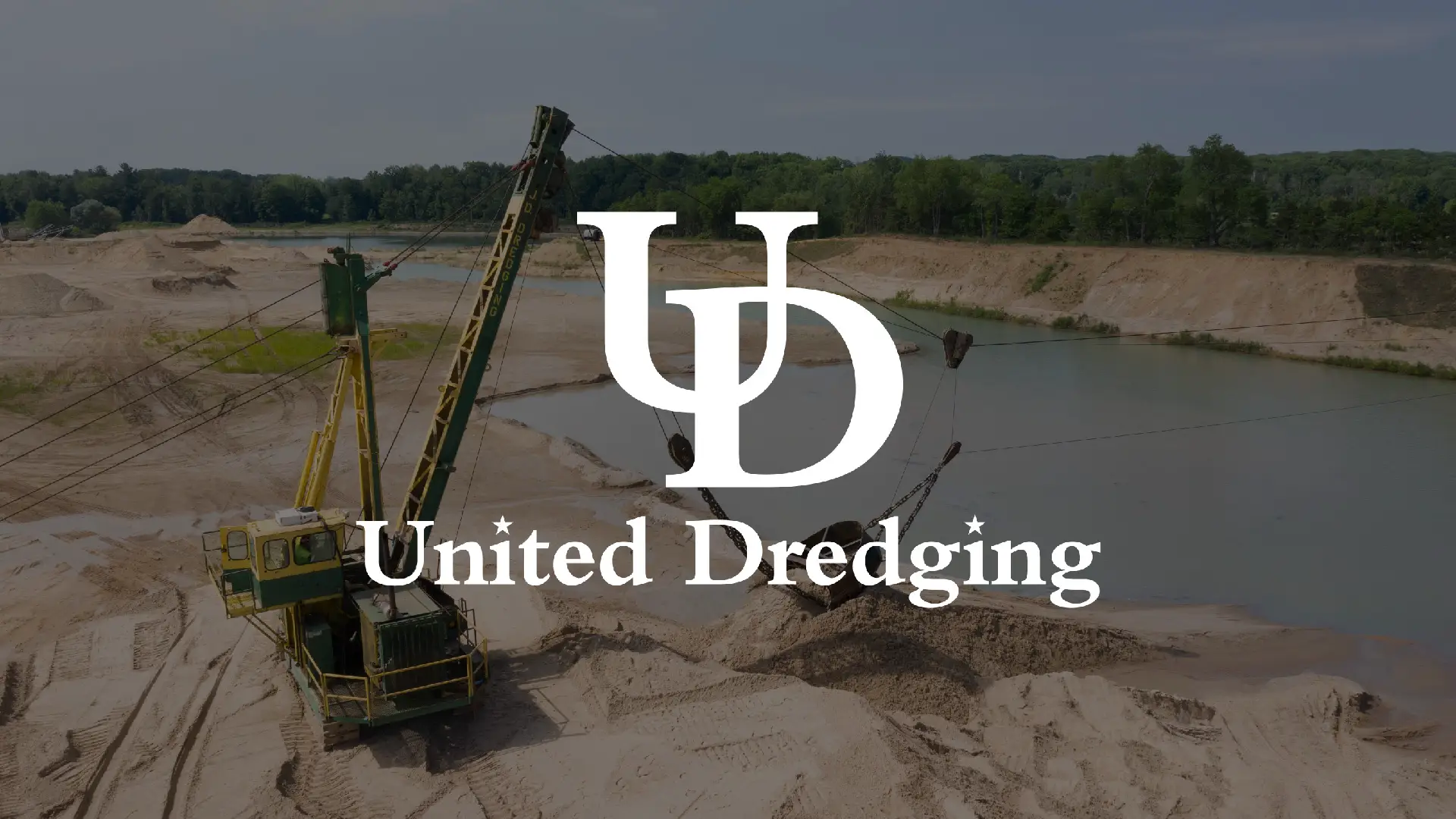Project Overview
Yours Never is a intimate exploration of love in its most complicated form—the kind that defies logic and challenges our sense of what's right. This short film follows a young woman caught between her heart and her head, wrestling with feelings for someone who exists just outside the boundaries of what's acceptable.
Set against the backdrop of everyday life's chaos, the story captures those quiet, internal moments where we make choices that shape who we become. It's about desire, guilt, consequence, and the universal experience of wanting something—or someone—we can't have.
Over three months, this project pushed me to dig deeper into character psychology and visual storytelling. It wasn't just about capturing pretty shots; it was about conveying complex emotions through every frame, every edit, every sound cue.
Creative Approach
Finding Truth in Fiction
The challenge with "Yours Never" was making internal conflict visible. How do you show someone falling when there's no physical action—just thoughts, glances, and the weight of unspoken words?
Key creative decisions:
- Intimate framing - Used close-ups and shallow depth of field to keep viewers locked in the protagonist's perspective
- Visual isolation - Composed shots that reflected her emotional state—alone even in crowded spaces
- Ambient storytelling - Let silence and environmental sound carry emotional weight between dialogue
- Purposeful pacing - Built tension through editing rhythm, mirroring her internal push-and-pull
- Color psychology - Shifted color temperature to reflect emotional states throughout the narrative
"I wanted every frame to feel like a secret—something the audience was discovering alongside her, not just observing from a distance."
Timeline: Three months from screenplay to final cut, with multiple rounds of test screenings to ensure the emotional beats landed correctly.
Role & Collaboration
This was predominantly a solo endeavor where I maintained creative control across nearly every aspect of production, with targeted support where it mattered most.
My responsibilities included:
- Screenwriting and character development
- Casting and actor direction
- Location scouting and production design
- Director of photography (with camera operator support)
- Audio mixing and sound design
- Editing and post-production
- Color grading
- Final delivery
I brought on a camera operator for specific scenes requiring more dynamic movement, but the vision, pacing, and emotional architecture of the film remained entirely in my hands.
What I learned:
- Framing as emotion - How composition communicates psychology
- Audio as atmosphere - The power of sound to create tension without visuals
- Story economy - Trusting audiences to fill in gaps rather than over-explaining
- Performance direction - Drawing authentic, vulnerable performances from actors
This project reinforced that the best stories aren't always the most elaborate but the ones that feel true, even when they're fiction.









